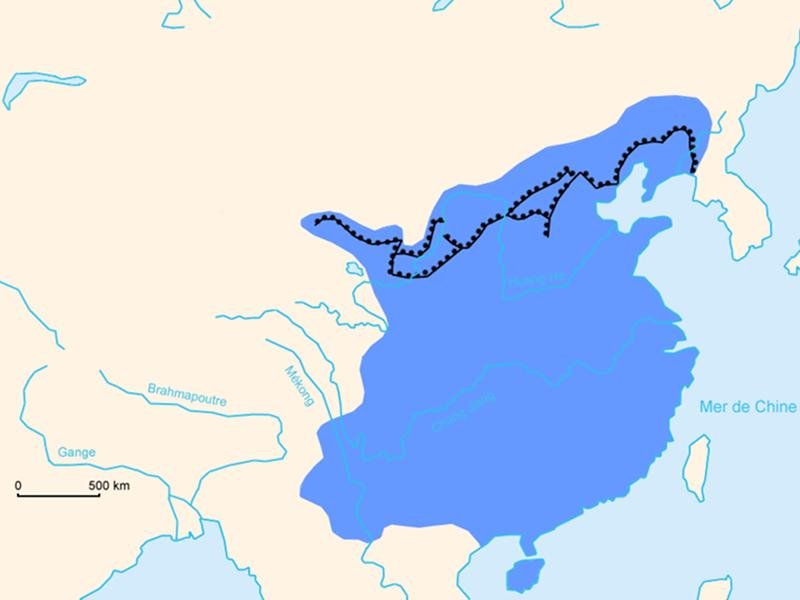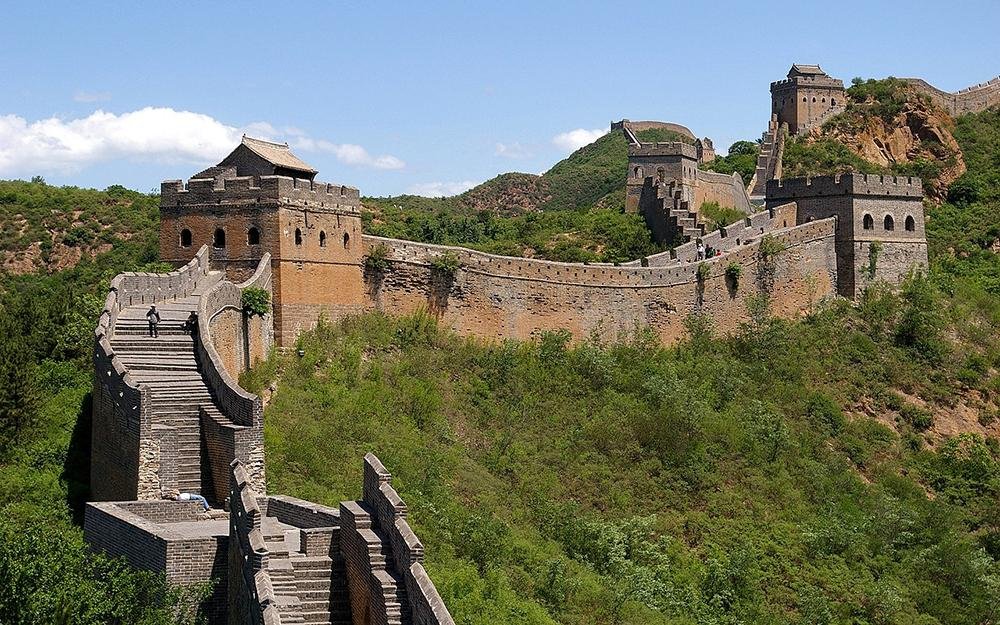The Great Wall of China is one of the most iconic and enduring landmarks in the world. Spanning thousands of kilometers across northern China, it is an architectural marvel and a testament to the ingenuity and determination of the ancient Chinese civilization.

The Great Wall was constructed over centuries, with its origins dating back as far as the 7th century BCE, although the majority of the wall we see today was built during the Ming Dynasty (1368-1644 CE).
The primary purpose of the Great Wall was defensive, serving as a formidable barrier against invasions from nomadic tribes and military incursions from the north. The wall was built strategically along the country’s northern borders, stretching from the east coast to the western regions, traversing diverse terrains such as mountains, deserts, and grasslands.
It was not a continuous structure but rather a series of interconnected walls, watchtowers, and fortifications.

The construction of the Great Wall involved an immense amount of labor and resources. It was built using a variety of materials, including stones, bricks, and rammed earth. The wall’s height, width, and design varied depending on the region and the era in which it was built.
Related: The Great Wall Of China (Virtual Tour)
It incorporated various defensive features like watchtowers, beacon towers, and gatehouses. These structures allowed for communication, observation, and swift mobilization of troops in case of an attack.
While the Great Wall was an impressive military structure, it also played a significant role in promoting trade, cultural exchange, and economic development. It served as a vital transportation route, enabling the movement of goods, ideas, and people between different regions of China.
The wall’s watchtowers were equipped with signaling systems, allowing for the transmission of messages over long distances.

Today, the Great Wall of China is a UNESCO World Heritage Site and a popular tourist destination. Visitors from around the world come to marvel at its grandeur, explore its different sections, and learn about its historical and cultural significance.
Some of the most well-preserved and frequently visited sections include Badaling, Mutianyu, and Jinshanling. These sections offer a glimpse into the remarkable engineering and architectural achievements of ancient China.
The Great Wall of China stands as a symbol of China’s rich history, resilience, and remarkable achievements. It serves as a reminder of the immense human endeavor and ingenuity required to construct such a monumental structure.
Beyond its historical significance, the Great Wall continues to captivate and inspire people worldwide, attracting admiration for its breathtaking views, cultural heritage, and the enduring legacy of ancient China.






















Comments 0